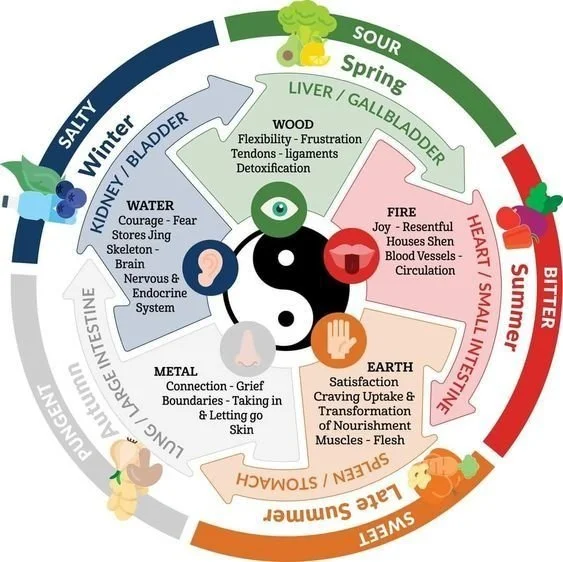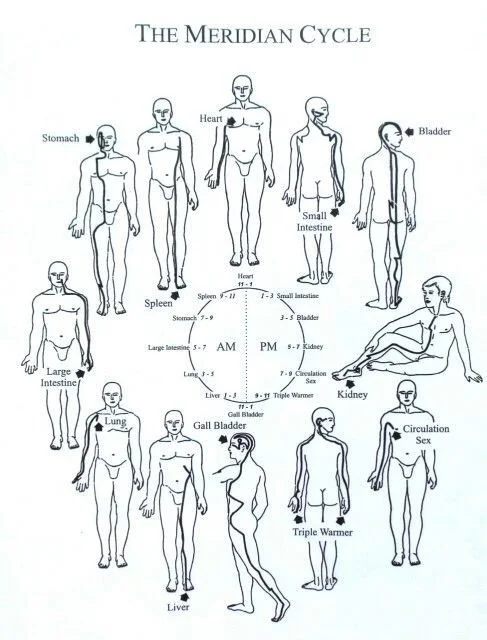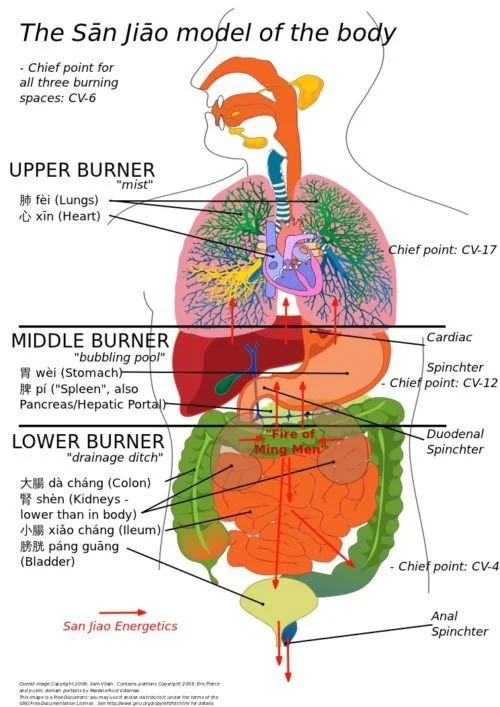Traditional Chinese Medicine (TCM)
What is Traditional Chinese Medicine?
Traditional Chinese Medicine (TCM) is a holistic system of medicine that has been practiced for over 2,000 years. It includes a range of treatment methods, including acupuncture, herbal medicine, moxibustion, and tuina (Chinese therapeutic massage). TCM is based on the concept of balancing the body’s vital energy, known as Qi, to maintain health and treat illness.
Holistic Approach: TCM views the body as an interconnected system where physical, emotional, and environmental factors influence health. It aims to address the root cause of symptoms rather than just alleviating them, promoting overall well-being and preventing future health issues.
Diagnosis: TCM diagnosis involves a comprehensive assessment of the patient’s condition. This includes evaluating their medical history, observing physical symptoms, palpating pulse and body areas, and examining the tongue. Based on this evaluation, a diagnosis is made, and a personalised treatment plan is developed.
Basic Theory
Qi and the Meridians: TCM is based on the concept of Qi, the vital energy that flows through the body along pathways known as meridians. Each meridian corresponds to a specific organ system. Health is believed to be maintained when Qi flows smoothly and is balanced throughout these meridians.
Yin and Yang: Yin Yang theory is based on four principles: Opposition, Interdependence, Mutual Consumption, and Inter-transformation. It describes how seemingly opposite forces are interconnected and interdependent. In TCM, health is seen as a balance between these forces. Yin represents qualities like coolness and rest, while Yang represents warmth and activity. Imbalances between Yin and Yang can lead to illness.
Five Elements Theory: TCM also incorporates the Five Elements theory, which includes Wood, Fire, Earth, Metal, and Water. These elements correspond to different organs and functions in the body. Each element affects and is affected by others, and a balance between them is essential for good health.
Diagnosis and Treatment: TCM diagnosis involves identifying patterns of disharmony in the body, such as Qi deficiency or excess, Yin/Yang imbalance, or disruptions in the flow of Qi. Treatment is then aimed at restoring balance and harmony by targeting the underlying causes of these imbalances.
References
Chen, K., & Liu, X. (2016). The Five Elements theory in Traditional Chinese Medicine: A comprehensive review. Chinese Medicine, 11, 27. https://doi.org/10.1186/s13020-016-0084-Gordon, D., & Ahn, A. C. (2018). Understanding the concepts of Yin and Yang in Traditional Chinese Medicine. Integrative Medicine Research, 7(2), 93-101. https://doi.org/10.1016/j.imr.2018.04.002
Hsu, E. (2004). Chinese medicine and healing: An introduction. Harvard University Press.
Kaptchuk, T. J. (2000). The web that has no weaver: Understanding Chinese medicine. Congdon & Weed.
Liu, J. P., Zhang, A. L., & Lee, M. S. (2015). Acupuncture and traditional Chinese medicine for pain management. Journal of Pain Research, 8, 577-585. https://doi.org/10.2147/JPR.S86213
Maciocia, G. (2015). The foundations of Chinese medicine: A comprehensive text. Churchill Livingstone.
Scheid, V., & Tindle, H. A. (2014). Traditional Chinese Medicine: A historical overview and modern applications. Journal of Alternative and Complementary Medicine, 20(7), 448-453. https://doi.org/10.1089/acm.2014.0004
Tian, X., Liu, J., & Zhang, Z. (2019). Diagnosis and treatment in Traditional Chinese Medicine: Principles and methods. World Journal of Clinical Oncology, 10(8), 580-590. https://doi.org/10.5306/wjco.v10.i8.580
Yang, X., Li, J., & Yang, Y. (2020). The role of Qi in Traditional Chinese Medicine: An overview. Journal of Traditional Chinese Medicine, 40(1), 12-19. https://doi.org/10.1016/j.jtcme.2019.12.004
Zhao, Z. Q. (2008). Neural mechanism underlying acupuncture analgesia. Progress in Neurobiology, 85(4), 355-375. https://doi.org/10.1016/j.pneurobio.2008.05.004




